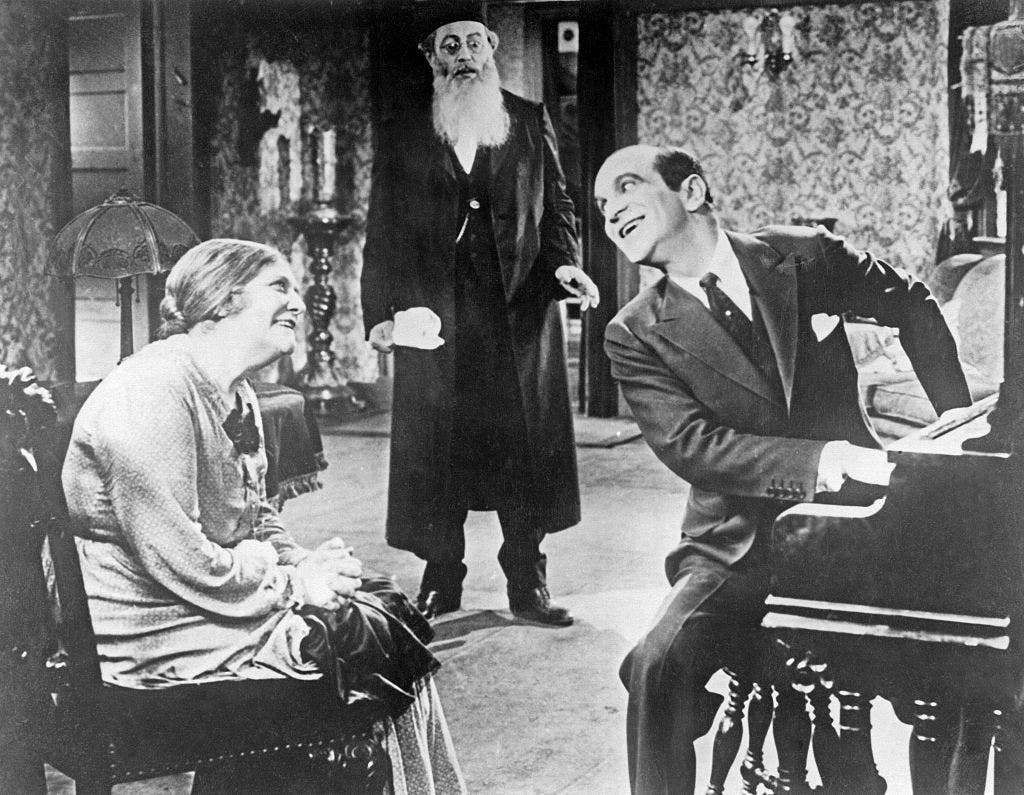The groundbreaking film “The Jazz Singer” starring Al Jolson, released on October 6, 1927, was the first to incorporate synchronized speaking parts for its actors, revolutionizing the cinema industry in the United States and beyond. Jolson’s famous line, “Wait a minute, wait a minute, you ain’t heard nothing yet,” uttered in the film, marked a historic moment in cinematic history. The movie follows the story of a Jewish man, Jakie Rabinowitz, who dreams of becoming a pop performer despite his family’s disapproval. Featuring classic tunes like “Toot, Toot, Tootsie (Goo’ Bye),” the film was based on a Broadway production from 1925 and has since spawned multiple remakes.
While “The Jazz Singer” is considered a landmark achievement in pop culture history, it has faced criticism from modern audiences due to Jolson’s use of blackface. In the film, Jolson’s character performs in blackface as jazz singer Jake Robin, leading to accusations of racial insensitivity. Despite this controversy, the movie continues to be celebrated for its significant contribution to American art history. The National Film Registry recognizes it as culturally, historically, or aesthetically significant, and Warner Bros. received an honorary Oscar for its pioneering use of synchronized sound and voices.
The impact of “The Jazz Singer” is evident in its enduring legacy in the film industry. The movie holds a place on the American Film Institute’s list of the 100 greatest American movies of all time, ranking at number 90. Additionally, its iconic opening line, “You ain’t heard nothing yet,” is considered one of the top lines in cinema history, ranking at number 71. Despite criticisms of Jolson’s use of blackface, the film’s contribution to the evolution of sound in cinema remains a significant achievement.
Over the years, “The Jazz Singer” has been remade multiple times, with versions starring Danny Thomas in 1952, Jerry Lee Lewis in a 1959 TV production, and Neil Diamond in 1980. While the film may not be considered a cinematic masterpiece, its role in introducing synchronized sound and dialogue into movies cannot be understated. The blend of music, drama, and groundbreaking technology in “The Jazz Singer” set a new standard for the film industry and paved the way for future innovations in sound design and storytelling in cinema.
Despite its mixed reception from modern critics, “The Jazz Singer” holds a unique place in the history of American cinema. With its landmark use of synchronized sound and voices, the film remains an important cultural artifact that continues to be studied and celebrated for its impact on the industry. Warner Bros. receiving an honorary Oscar for its pioneering work on the film, as well as its inclusion in the National Film Registry, solidify its status as a groundbreaking achievement in the history of cinema.


